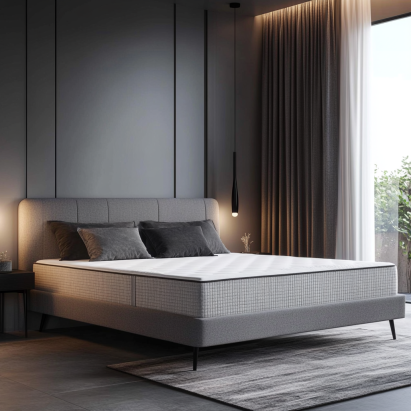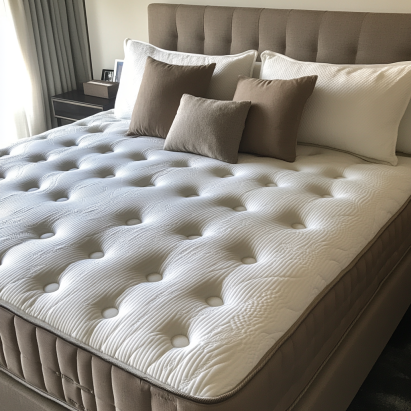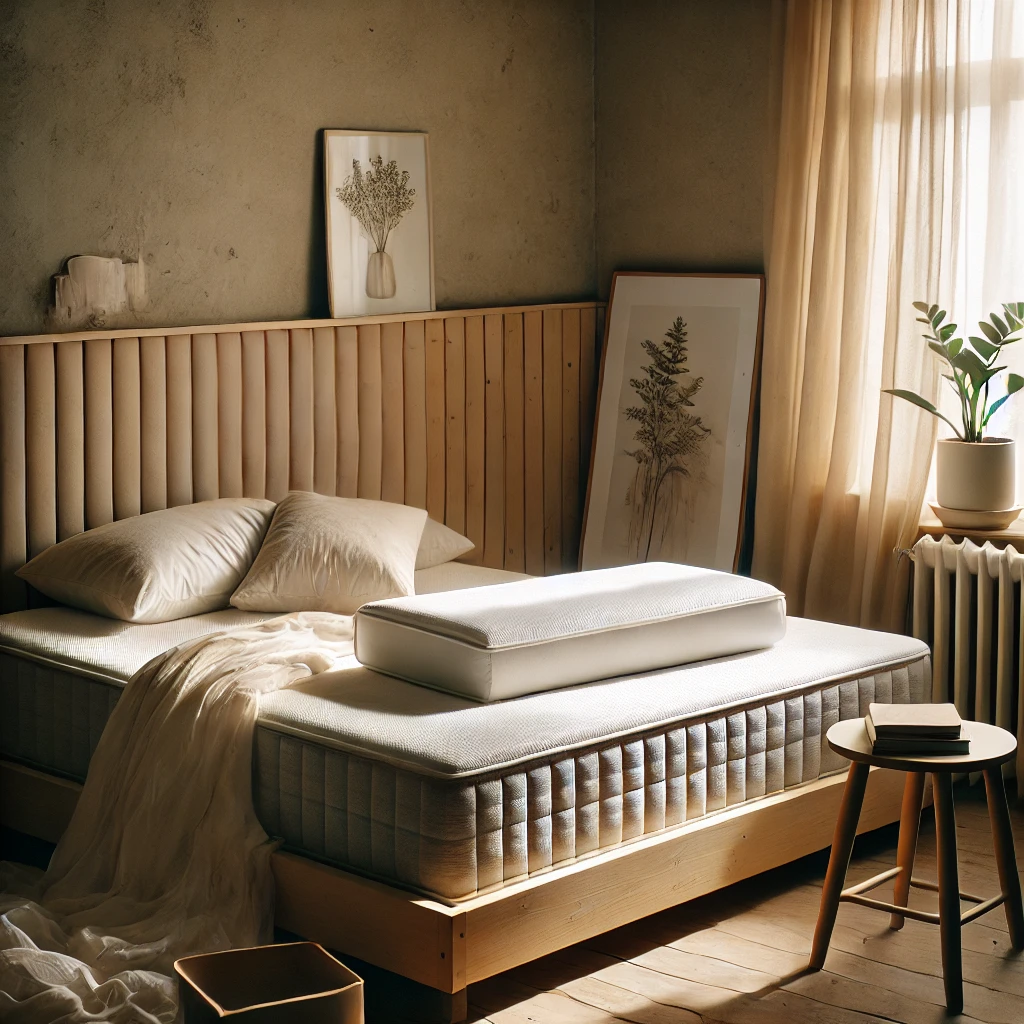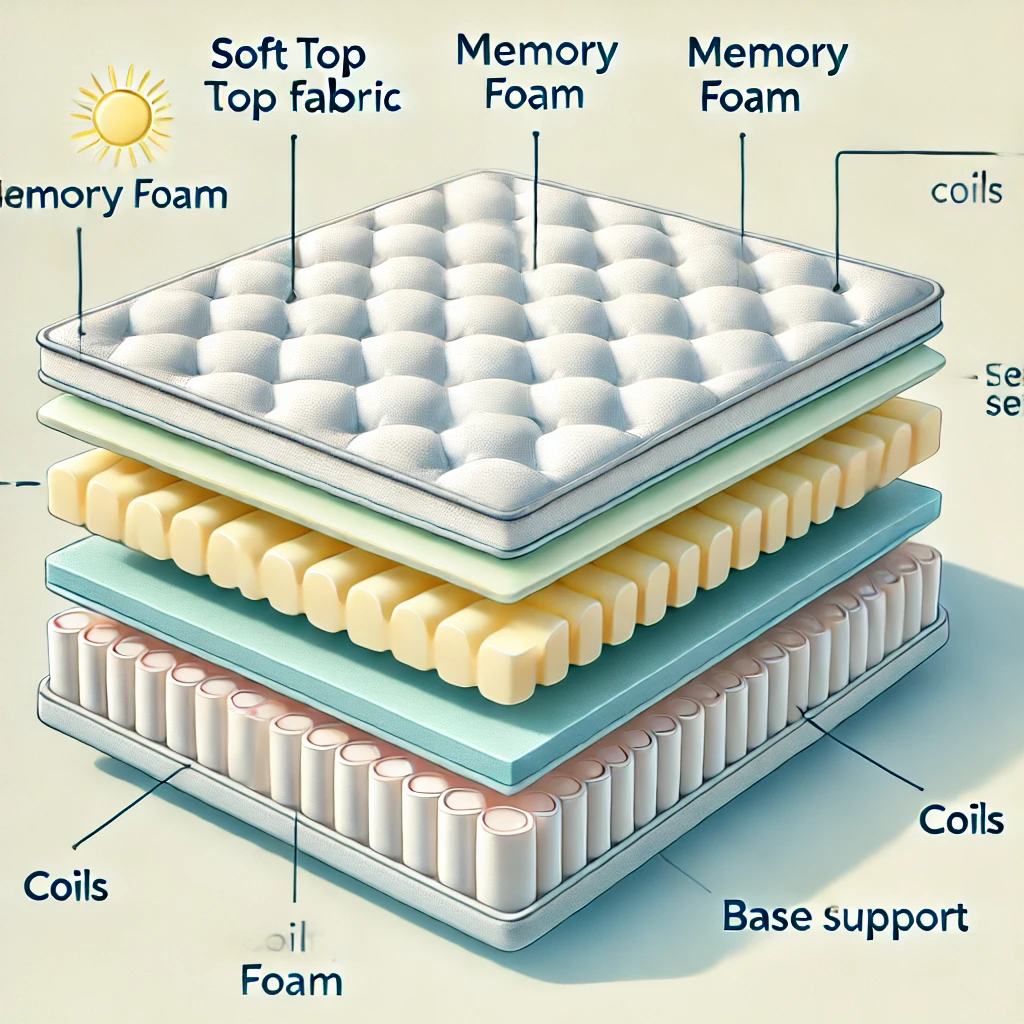Best Cooling Mattresses
If you’re constantly waking up sweaty or tossing off the covers, the best cooling mattresses offer a game-changing solution for hot sleepers. Discover how advanced materials and smart designs can help you sleep cool and wake up refreshed.
Key Takeaways: Best Cooling Mattresses
- Cooling mattresses use materials like gel-infused foam and latex to reduce heat retention.
- Options include memory foam, hybrid, and latex models tailored to different sleep styles.
- Top models come with sleep trial periods and warranties, offering peace of mind.
- Proper care, like rotating and using breathable protectors, maintains cooling benefits.
- Not all cooling mattresses feel cold—many simply prevent overheating.
What Actually Makes a Mattress Cooling?
Cooling mattresses aren’t magic—they’re designed with specific features that actively regulate temperature. The key is in the materials and construction.
Materials That Keep You Cool
- Gel-infused foam: Retains memory foam comfort while dispersing heat.
- Breathable covers: Cotton, Tencel, or wool covers allow airflow.
- Copper or graphite-infused foam: Adds cooling and antimicrobial benefits.

Cooling Technology That Works While You Sleep
- Phase-change materials (PCMs): Adapt to your body temperature for consistent comfort.
- Active cooling systems: High-end beds use fans or water-based tech to stay cool.
Traditional vs. Cooling Mattresses
Regular foam can trap heat. In contrast, cooling models use open-cell foams, coils, and breathable layers to improve airflow and heat dissipation.

Top Picks: Best Cooling Mattresses for Hot Sleepers
1. Helix Midnight Luxe
Top Pick for Hot Sleepers
Features a GlacioTex™ cooling cover and copper-infused foam. This hybrid mattress balances comfort, cooling, and support—ideal for combination sleepers.
2. Brooklyn Bedding Aurora Luxe
Best for Side Sleepers
Includes phase-change technology and cooling foam layers. Plush comfort with targeted support makes it a great match for side sleepers.
3. PlushBeds Botanical Bliss
Eco-Friendly Choice
Made with organic latex and cotton. Naturally breathable and ideal for eco-conscious hot sleepers.
4. Serta iComfort Hybrid
Budget-Friendly Hybrid
Combines gel-infused foam and innerspring coils for airflow and support. An affordable, effective option for warm sleepers.
5. SweetNight CoolNest
Utilizes a 3D CoolNest cover and gel foam layers to enhance breathability and temperature control.

Eco-Friendly vs. Conventional Cooling Mattresses
If sustainability matters, eco-friendly mattresses stand out. Conventional cooling mattresses often rely on synthetic foams and chemical gels, while organic latex and cotton models (like PlushBeds) use natural materials that are breathable and biodegradable. Eco-friendly options may cost more, but they minimize carbon footprint and off-gassing—appealing to eco-conscious sleepers.
Certifications to Look For in Cooling Mattresses
Certifications help ensure that your mattress is safe and environmentally responsible:
- CertiPUR-US®: Foams are free from harmful chemicals and low VOCs.
- GOTS (Global Organic Textile Standard): Ensures organic fibers and sustainable practices.
- OEKO-TEX®: Tests for toxic substances in textiles.
- Rainforest Alliance: Verifies sustainable latex harvesting.
How to Choose the Right Cooling Mattress for You
Finding the right mattress depends on body type, sleep style, and budget. Here’s how to match your needs:
Your Sleep Style
- Side sleepers need pressure relief—look for soft to medium support.
- Back and stomach sleepers benefit from firmer surfaces to maintain spinal alignment.
Your Body Type
Heavier individuals may find hybrids or latex options provide better airflow and support, preventing deep sinkage and heat retention.
Your Budget & Comfort Goals
From under $500 to $2,000+, there’s a cooling mattress for every budget. Many offer risk-free trials and long warranties for peace of mind.
Caring for Your Cooling Mattress (So It Stays Cool!)
To maximize the life and cooling performance of your mattress:
- Rotate every 3–6 months to avoid wear and hot spots.
- Use a breathable protector to shield from spills and sweat.
- Spot clean only unless otherwise stated in the warranty.
💡 Myth: Cooling Mattresses Are Always Cold
They’re not ice-cold — instead, they maintain a neutral temperature and prevent heat buildup. You’ll feel comfortably cool, not chilled.
💤 Final Thoughts: Best Cooling Mattresses
From hybrid designs to all-natural latex, the best cooling mattresses are a smart way to beat the heat and sleep more soundly. With trial offers and a range of price points, your perfect cooler bed is closer than you think. Cozy Bed Quarters has tested dozens of mattresses to help you find the right fit—start exploring today.








